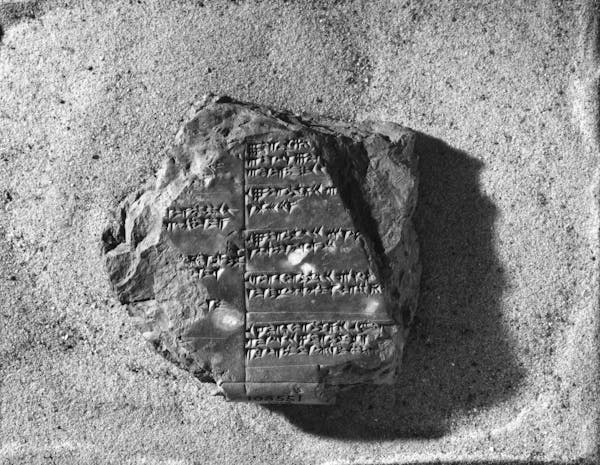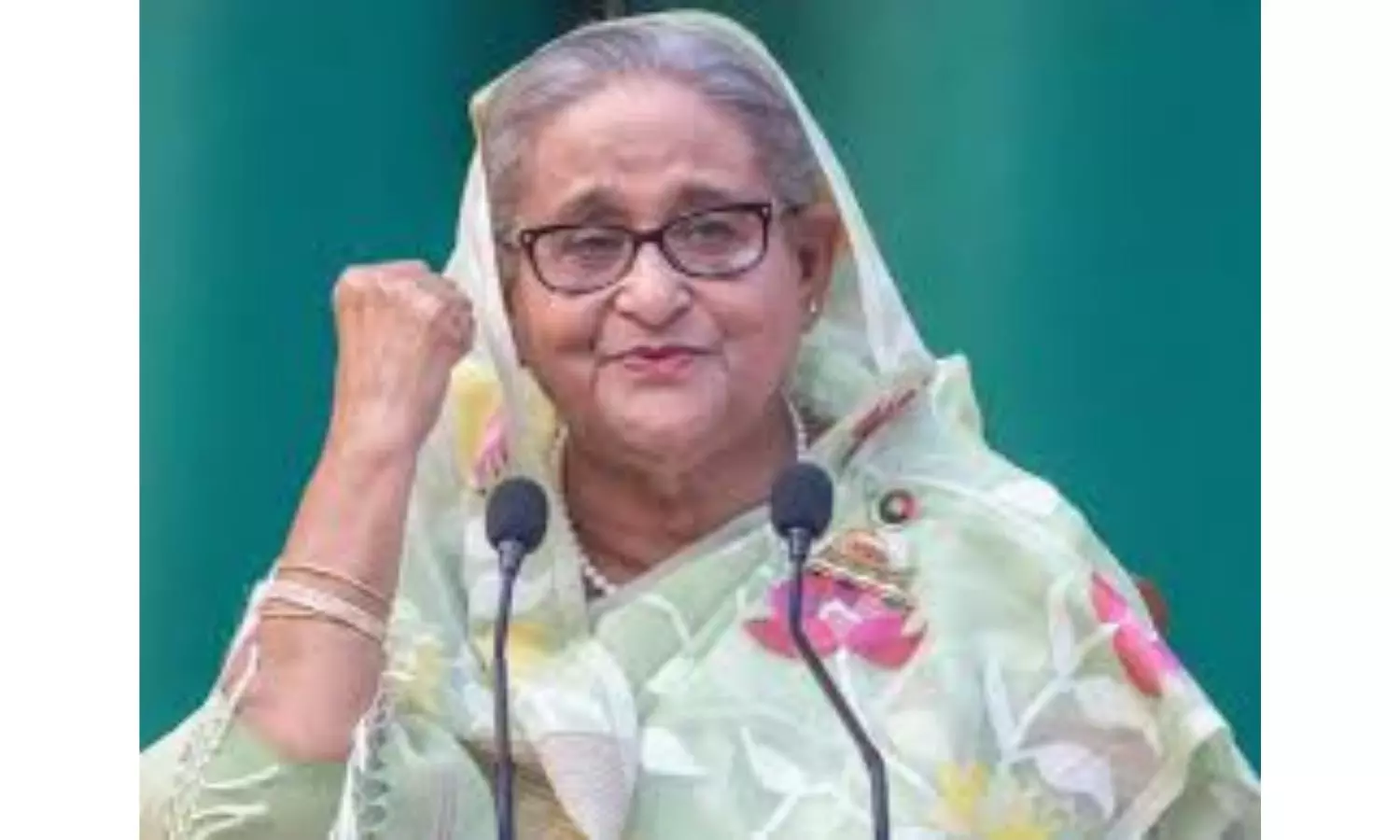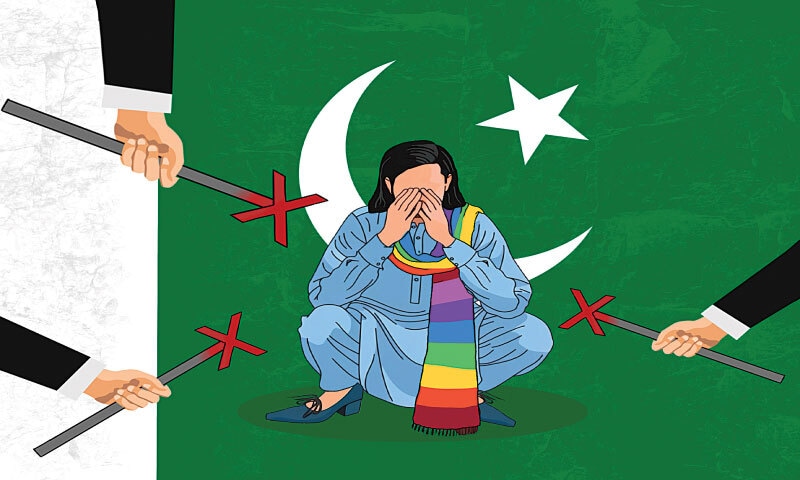by LEE HA-KYUNG

Henry Kissinger, the late U.S. secretary of state, cowrote “The Age of AI and Our Human Future” (2021) with Eric Schmidt and Craig Mundie, and in that work he references the Finnish national epic “Kalevala” (1835). In that story, the immortal blacksmith Ilmarinen, at the demand of an old sorceress, forges the Sampo, a magical mill that produces endless gold and treasure for its owner. The story was used as an allegory to show the promise of artificial intelligence.
To President Donald Trump, Korea is now a kind of Sampo. He has demanded that Seoul invest $350 billion of its foreign exchange reserves — 84 percent of the nation’s $410 billion total — in the United States. Washington would decide when and how the money is used and then take 90 percent of the profits. Even Shakespeare’s Shylock would be shocked by such terms. President Lee Jae Myung refused, warning that accepting would mean both his impeachment and a foreign exchange crisis. But Trump pressed further, describing the demand as an “upfront” payment in exchange for reducing tariffs by 15 percent. Commerce Secretary Rutnick went a step further, asking for even larger sums. To many in Korea, this looks like a relentless pattern of zero-sum pressure.
Japan has already pledged $550 billion to Trump in order to preserve auto exports. Unlike Korea, Japan can absorb such costs. Its reserves exceed $1.3 trillion, more than three times Korea’s, and the yen enjoys reserve currency status. Tokyo also maintains an unlimited currency swap line with Washington. When Seoul asked for such a facility, the U.S. dismissed the request. The message to Korea was blunt: America made you wealthy, so return the profits.
This moment reflects a trajectory long in the making. In 2016, when
Trump first campaigned for the White House, former assistant secretary
of state Robert Einhorn told the writer that Trump could never be
elected, and even if he were, the U.S. system would contain him. That
prediction proved wrong. Once in office, the “elected emperor” began
reshaping alliances with fiery rhetoric and transactional demands. But
Trump had foreshadowed these moves decades earlier. In 1987 he bought
newspaper ads accusing allies of free-riding on American security while
getting rich at U.S. expense. The tariff bombs and cash demands Korea
now faces were already visible 38 years ago.
Trump
thrives on Hobbesian realism, zero-sum bargaining and narrow definitions
of national interest. With his America First banner, he has undermined
the liberal international order the U.S. once defended. In 2016, 50
Republican national security officials issued a joint statement that a
president must be restrained, deliberate and emotionally stable, noting
that even America’s closest allies felt insecure under Trump’s whims.
Stanford University economic historian Niall Ferguson defined “Trumpism”
as “taking advantage of the fact that all other countries are weaker
than the United States in order to bully them.” (Joseph Nye, “Is the
American Century Over?” (2015))
Korea Joong Ang Daily for more








